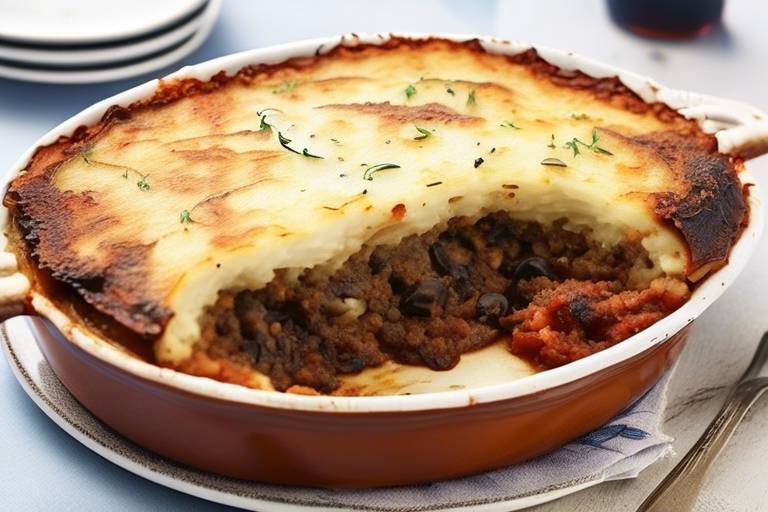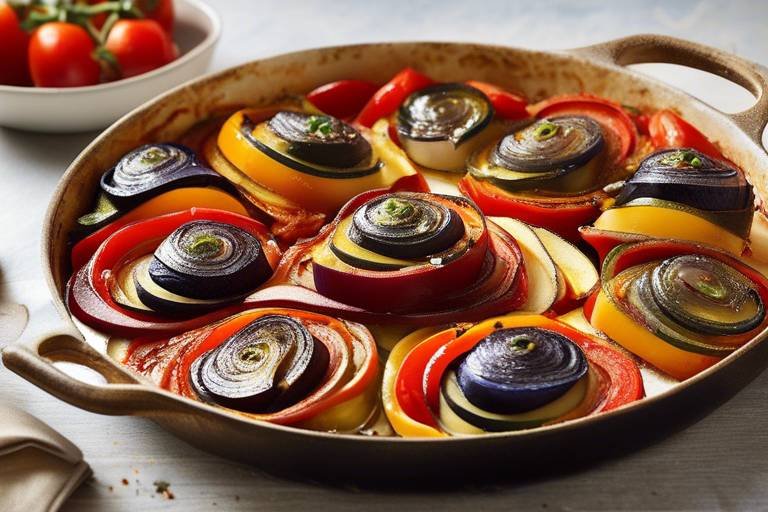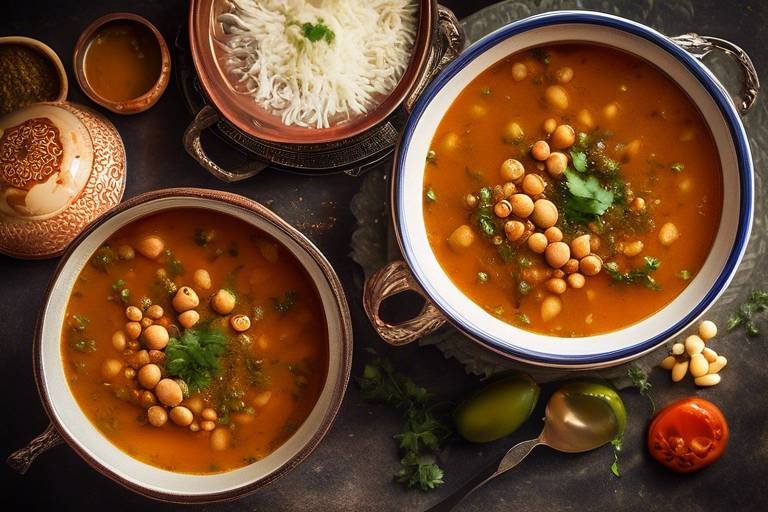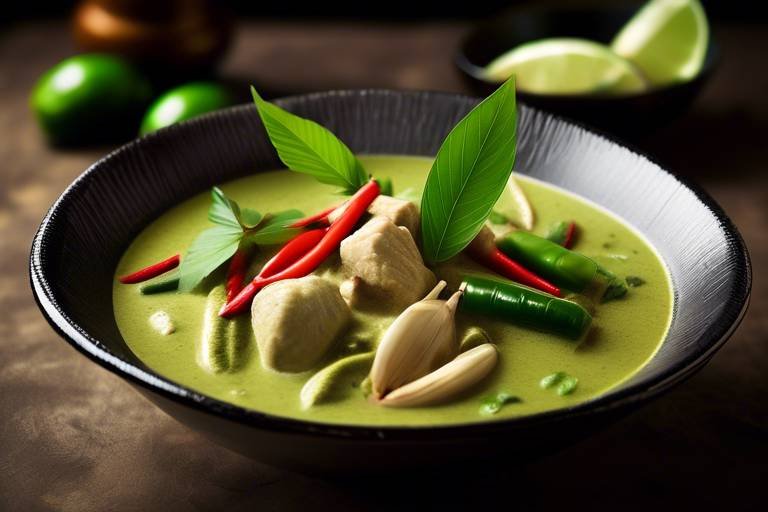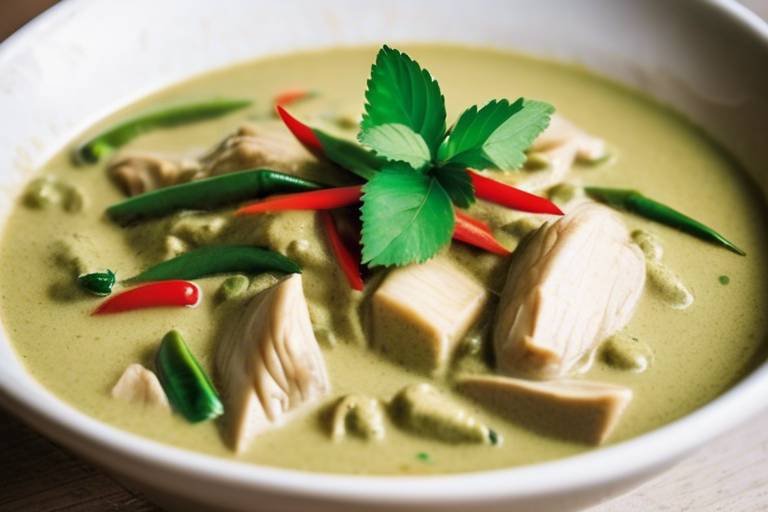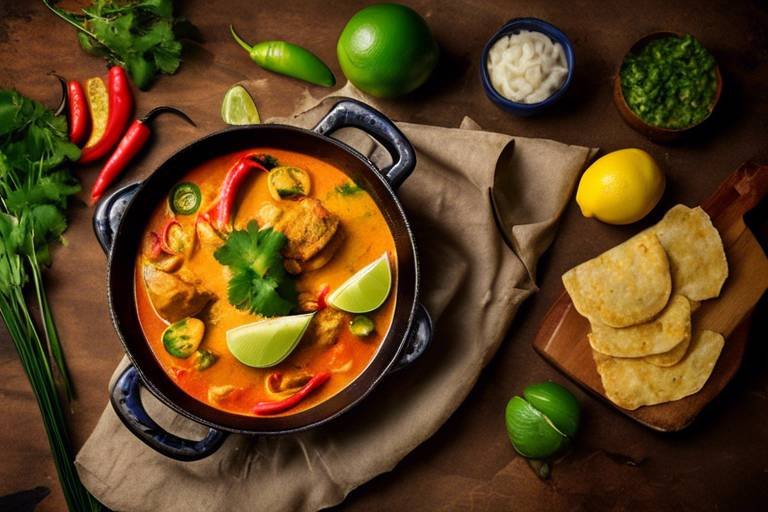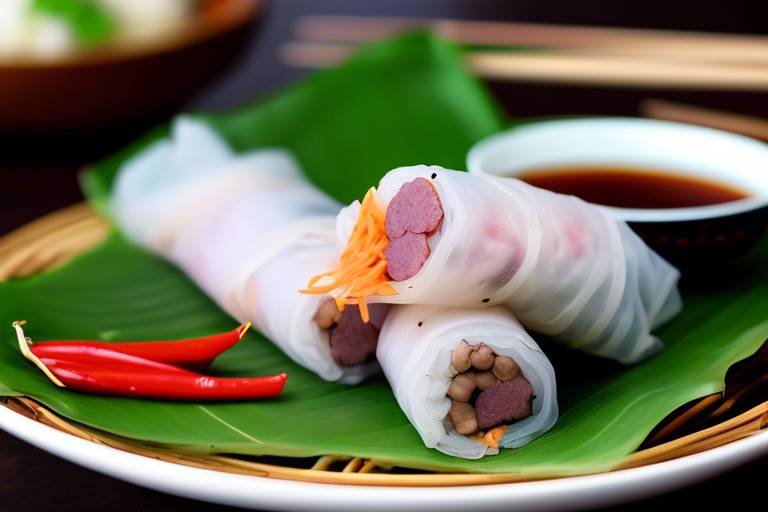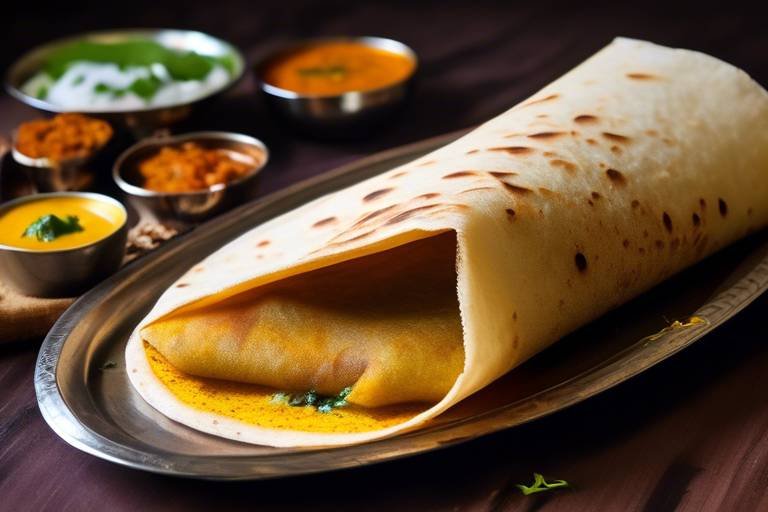Traditional Indonesian Gado-Gado - Recipes and Tips
Traditional Indonesian Gado-Gado is a delightful dish that brings together a vibrant mix of flavors and textures, creating a culinary explosion for your taste buds. This article will delve into the origins of Gado-Gado, the key ingredients that make it so special, how to prepare the iconic peanut sauce, and tips for serving and presenting this traditional Indonesian favorite.
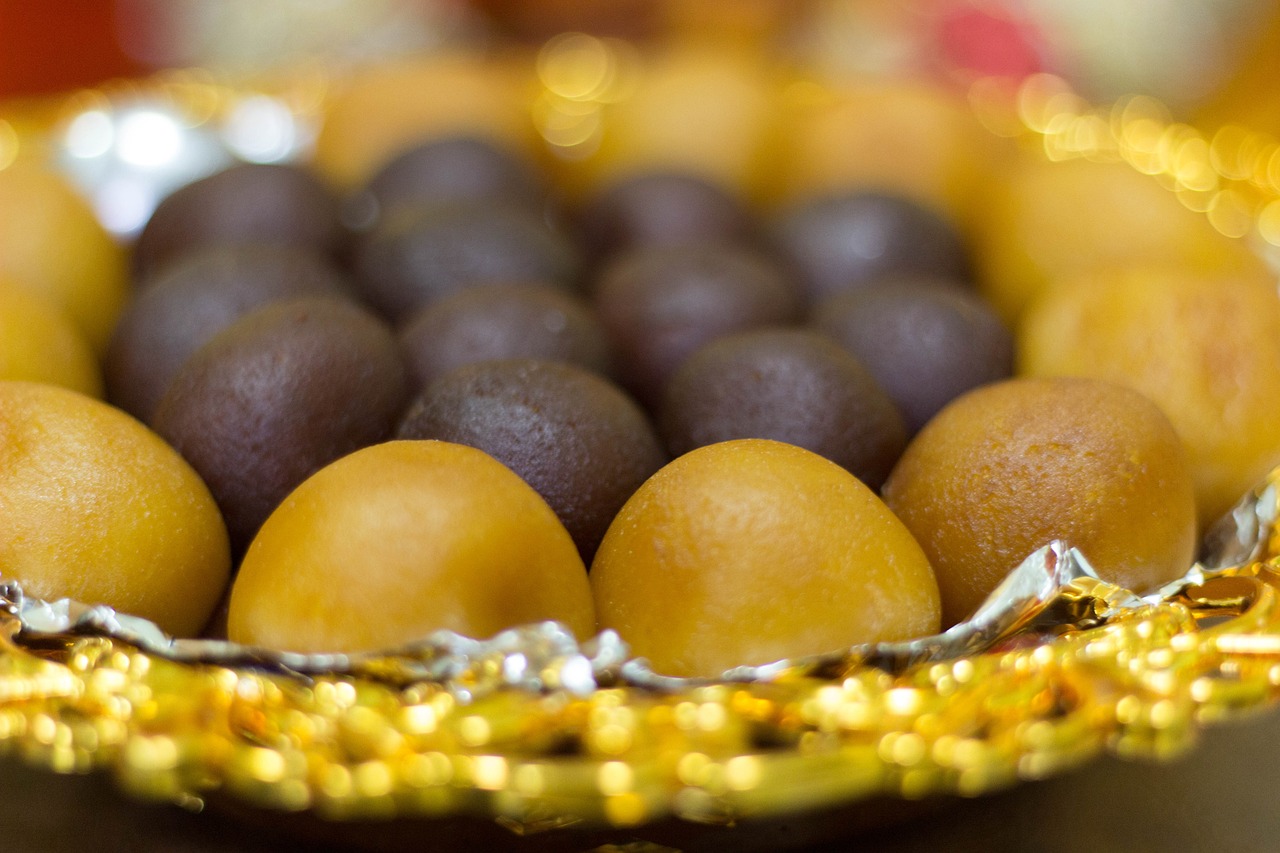
Origin of Gado-Gado
Gado-Gado, a beloved traditional Indonesian dish, holds a rich history that reflects the diverse culinary heritage of the region. Originating from the streets of Indonesia, Gado-Gado has become a staple in Indonesian cuisine, known for its vibrant mix of vegetables and bold flavors. This dish is not just a meal but a cultural symbol, representing the harmonious blend of various influences that have shaped Indonesian food traditions over the years.
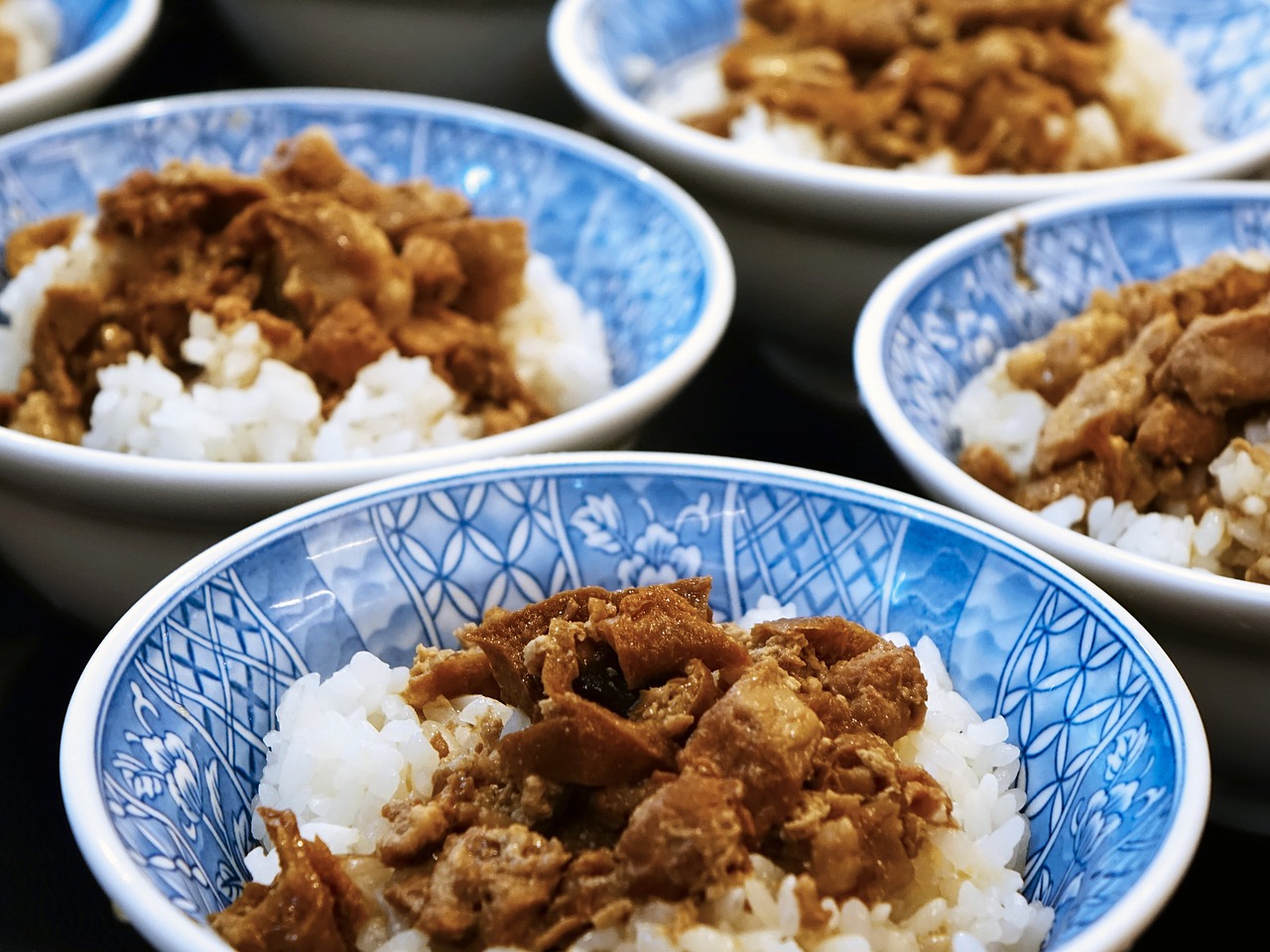
Key Ingredients
When it comes to crafting the perfect plate of Gado-Gado, the key lies in selecting the finest ingredients that harmonize to create a symphony of flavors. At the core of this traditional Indonesian dish are a vibrant array of vegetables, protein sources, and the iconic peanut dressing that ties everything together.
First and foremost, the star of the show in Gado-Gado is the fresh and crisp vegetables that form the foundation of the dish. From crunchy cabbage to delicate beansprouts and nutrient-rich spinach, the medley of vegetables not only adds color and texture but also provides a healthy dose of vitamins and minerals.
Alongside the vegetables, protein choices play a crucial role in elevating the dish from a simple salad to a hearty and satisfying meal. Options abound, ranging from the versatile tofu and tempeh for vegetarians to hard-boiled eggs or succulent shrimp for those craving a protein-packed indulgence.
Of course, no plate of Gado-Gado would be complete without the luscious peanut sauce that ties everything together in a creamy and flavorful embrace. Made from a blend of peanuts, palm sugar, tamarind, and chili, the sauce strikes a delicate balance between sweetness, tanginess, and a hint of heat, creating a taste sensation that is truly unforgettable.
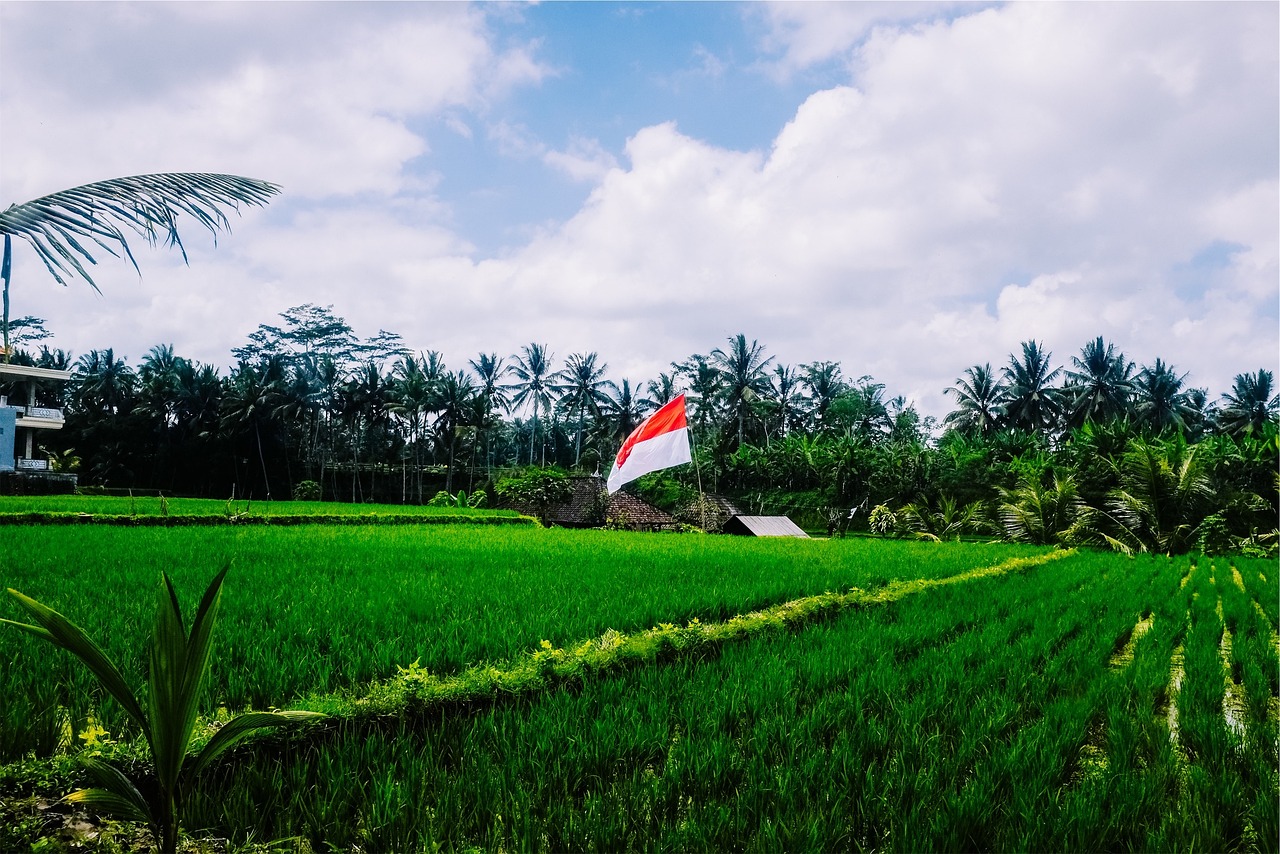
Vegetables in Gado-Gado
When it comes to traditional Indonesian Gado-Gado, the star of the show is undoubtedly the vibrant array of fresh vegetables that make up this iconic dish. Gado-Gado is a celebration of colors, textures, and flavors, with each vegetable playing a crucial role in creating a harmonious and satisfying meal experience.
In a typical plate of Gado-Gado, you can expect to find a variety of vegetables that are not only visually appealing but also packed with nutrients. Common vegetables used in Gado-Gado include crunchy cabbage, refreshing beansprouts, tender spinach, and crisp green beans. These vegetables not only provide a delightful crunch but also contribute to the overall balance of flavors in the dish.
One of the key aspects of Gado-Gado is the emphasis on using fresh and seasonal vegetables to enhance the dish's taste and nutritional value. The combination of different textures and flavors from the assorted vegetables creates a symphony of tastes that is both satisfying and nourishing.
When preparing Gado-Gado at home, feel free to experiment with your choice of vegetables based on personal preferences and seasonal availability. Whether you opt for traditional favorites or decide to add a modern twist with unique vegetable selections, the versatility of Gado-Gado allows for endless possibilities to cater to diverse palates.

Protein Choices
When it comes to preparing a delicious plate of Gado-Gado, the protein choices play a crucial role in enhancing the overall flavor and texture of this traditional Indonesian dish. From plant-based options to seafood additions, there are various protein sources that can be incorporated to suit different preferences and dietary needs.
One popular protein choice for Gado-Gado is tofu, a versatile ingredient that absorbs the flavors of the peanut sauce while adding a creamy texture to the dish. Tofu is a staple in Indonesian cuisine and provides a satisfying plant-based protein option for vegetarians and vegans.
Another common protein source used in Gado-Gado is tempeh, a fermented soy product that offers a nutty flavor and a firm texture. Tempeh is rich in protein and adds a hearty element to the dish, making it a favorite among those looking for a meat alternative.
For those who prefer animal-based proteins, hard-boiled eggs are a classic addition to Gado-Gado. The creamy yolks complement the crisp vegetables and the peanut sauce, adding a rich and savory element to the dish.
For a seafood twist on this traditional dish, shrimp can be added to Gado-Gado to introduce a burst of fresh flavor. The tender shrimp pair well with the crunchy vegetables and the bold peanut dressing, creating a delightful combination of textures and tastes.
Whether you opt for plant-based proteins like tofu and tempeh or prefer the classic addition of hard-boiled eggs or shrimp, the protein choices in Gado-Gado offer a diverse range of options to customize this beloved dish according to your preferences and dietary requirements.

Preparing the Peanut Sauce
When it comes to traditional Indonesian Gado-Gado, one of the key components that truly elevates the dish is the rich and creamy peanut sauce that binds all the flavors together. Preparing the peanut sauce for Gado-Gado requires a careful balance of ingredients and flavors to achieve that perfect blend of sweet, savory, and nutty notes.
To start preparing the peanut sauce, you will need a handful of essential ingredients that form the base of this delectable sauce. Peanuts are the star of the show, providing a nutty richness to the sauce. Alongside peanuts, palm sugar adds a touch of sweetness, while tamarind brings a hint of tanginess to balance the flavors. Chili can be added for a spicy kick, depending on your preference.
One traditional method of making the peanut sauce involves grinding roasted peanuts into a fine paste using a mortar and pestle. This process not only releases the oils from the peanuts, enhancing the flavor, but also creates a slightly coarse texture that adds depth to the sauce. Alternatively, a food processor can be used for a smoother consistency.
Once the peanuts are ground to the desired texture, they are combined with palm sugar, tamarind paste, chili, and a bit of water to create a thick sauce. The mixture is then heated gently on the stove, allowing the flavors to meld together and the sauce to thicken to the perfect consistency.
Adjusting the flavors of the peanut sauce is a crucial step in achieving the ideal taste for your Gado-Gado. Taste testing along the way and adding more palm sugar for sweetness, tamarind for tang, or chili for heat can help you tailor the sauce to your liking. The end result should be a velvety smooth sauce that coats the vegetables and protein components of the dish harmoniously.
Remember, the peanut sauce is the heart of Gado-Gado, so don't be afraid to experiment with different spice levels and ingredient ratios to create a sauce that suits your palate. Whether you prefer it mild and sweet or bold and spicy, the peanut sauce is what truly makes Gado-Gado a standout dish in Indonesian cuisine.
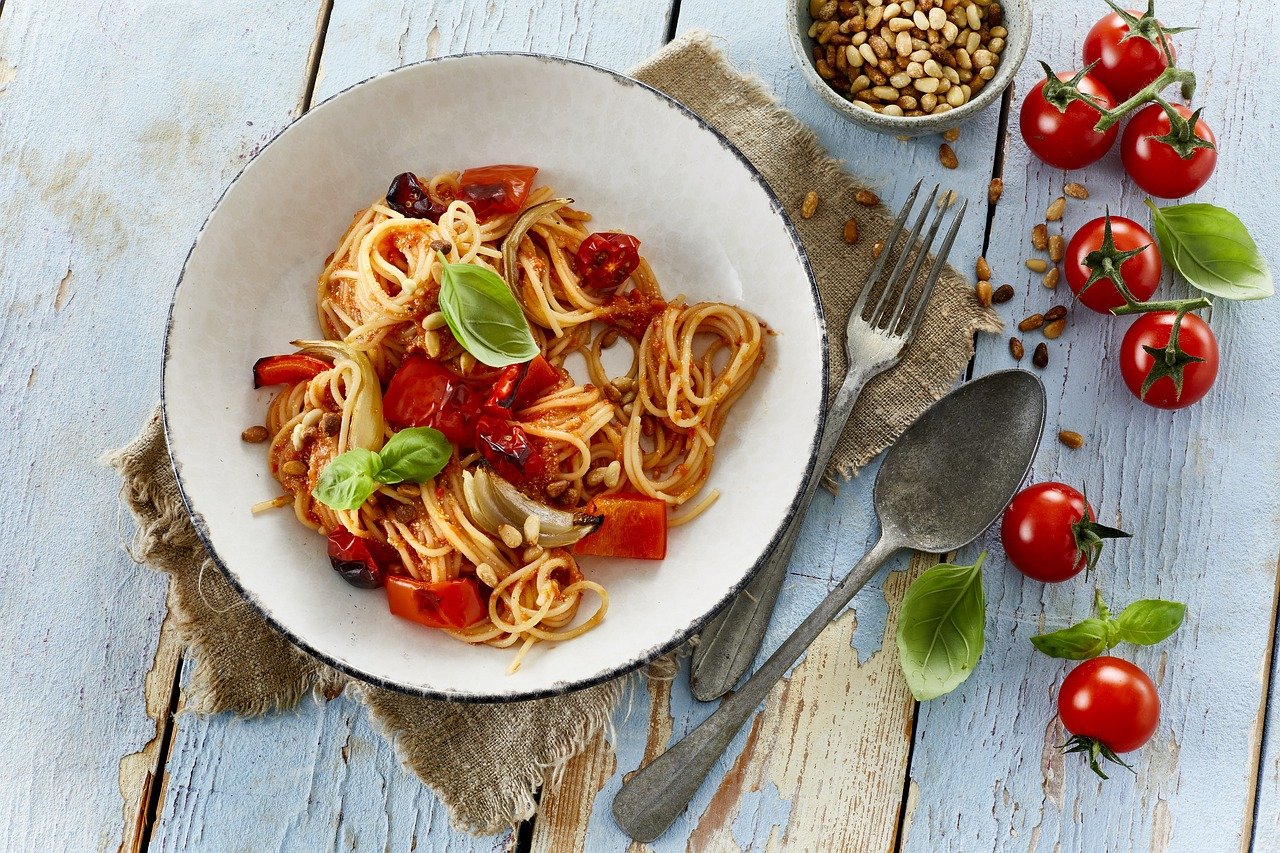
Spices and Flavors
When it comes to the vibrant and enticing flavors of Gado-Gado, the secret lies in the harmonious blend of spices and ingredients that come together to create a symphony for your taste buds. At the heart of this traditional Indonesian dish is the rich and nutty peanut sauce, which serves as the foundation for a myriad of flavors to dance upon.
One of the key components of the peanut sauce is peanuts themselves, providing a creamy texture and a nutty undertone that elevates the dish. Combined with palm sugar, the sauce achieves a delicate balance between sweetness and savory notes, creating a depth of flavor that is truly irresistible.
To add a hint of tanginess, tamarind is often included, imparting a subtle sourness that cuts through the richness of the sauce. Additionally, the heat of chili peppers brings a fiery kick to the dish, enhancing the overall flavor profile with a touch of spice.
When it comes to spices, a combination of coriander, cumin, and turmeric adds complexity and depth to the sauce, infusing it with a warm and aromatic essence that tantalizes the senses. These spices work in harmony to create a symphony of flavors that is both comforting and exciting, making each bite a culinary adventure.
Furthermore, the addition of garlic and shallots provides a savory base for the sauce, enhancing its umami qualities and rounding out the overall taste experience. Together, these ingredients come together to create a flavor profile that is bold, complex, and utterly delicious, making Gado-Gado a true delight for the palate.

Serving and Presentation
When it comes to serving and presenting a dish as vibrant and diverse as Gado-Gado, attention to detail is key. The visual appeal of the plate can enhance the overall dining experience, making it even more enticing to indulge in the flavors of this Indonesian delicacy. One popular way to serve Gado-Gado is by arranging the vegetables and protein choices in an artful manner, creating a colorful and inviting display that is almost too beautiful to eat. The contrast of the various ingredients against the backdrop of the rich peanut sauce is a feast for the eyes before it even reaches the palate.
To elevate the presentation further, consider adding garnishes such as fried shallots, chopped peanuts, or a sprinkle of crispy prawn crackers on top of the dish. These additional textures and flavors not only enhance the visual appeal but also provide a delightful crunch that complements the softness of the vegetables and protein. The balance of colors, textures, and flavors in the presentation of Gado-Gado is crucial in creating a memorable dining experience that delights all the senses.
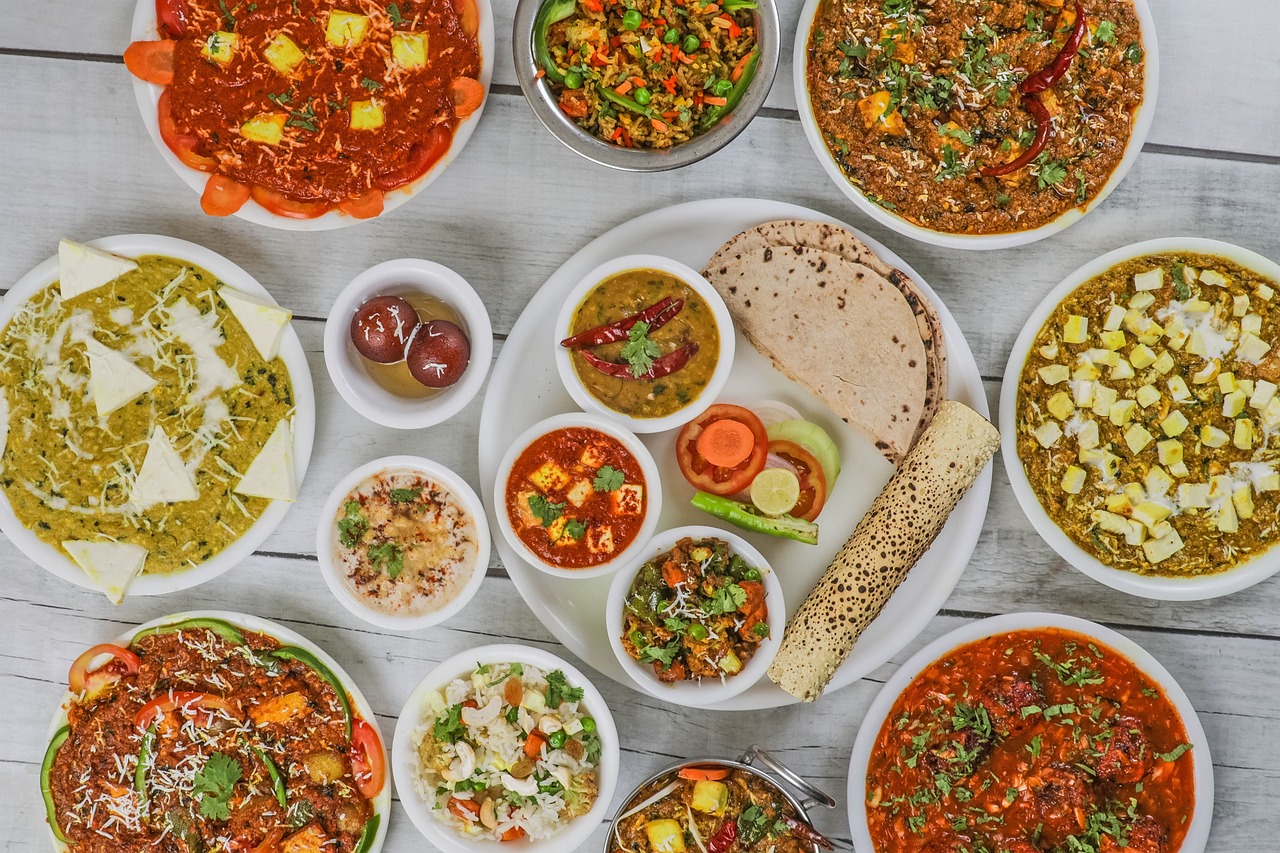
Traditional Accompaniments
When enjoying a plate of traditional Indonesian Gado-Gado, the experience is elevated by the accompaniments that complement the dish perfectly. One of the most common accompaniments is krupuk, a type of deep-fried cracker made from starch and served as a crispy addition to the meal. The crunchy texture of krupuk contrasts beautifully with the soft vegetables and creamy peanut sauce, adding a delightful element to each bite.
Another popular accompaniment to Gado-Gado is sambal, a spicy chili paste that brings a fiery kick to the dish. Made from a mixture of chili peppers, shrimp paste, garlic, ginger, and various spices, sambal provides a burst of heat and flavor that enhances the overall taste experience. Whether drizzled over the vegetables or used as a dipping sauce, sambal adds a bold and zesty element to the meal.
Additionally, emping is a traditional accompaniment that consists of thinly sliced, deep-fried melinjo nut crackers. These light and crispy crackers offer a nutty flavor that complements the earthy notes of the vegetables in Gado-Gado. Emping provides a satisfying crunch that adds depth to each bite, making it a popular choice to accompany this classic Indonesian dish.
For those looking to add a touch of freshness to their Gado-Gado, acar is a must-have accompaniment. Acar is a type of Indonesian pickled salad made from cucumbers, carrots, shallots, and chili peppers marinated in a sweet and tangy vinegar-based dressing. The refreshing acidity of acar cuts through the richness of the peanut sauce, balancing the flavors and cleansing the palate between bites.
Frequently Asked Questions
- What is the origin of Gado-Gado?
Gado-Gado is a traditional Indonesian dish with a rich history that dates back to the Betawi culture of Jakarta. It is a beloved staple in Indonesian cuisine, known for its vibrant mix of vegetables and flavorful peanut sauce.
- What are the key ingredients in Gado-Gado?
The key ingredients in Gado-Gado include a variety of fresh vegetables like cabbage, beansprouts, and spinach, along with protein sources such as tofu, tempeh, and hard-boiled eggs. The dish is brought together with a delicious peanut dressing.
- How is the peanut sauce for Gado-Gado prepared?
The peanut sauce for Gado-Gado is made by blending roasted peanuts with spices like palm sugar, tamarind, and chili to create a creamy and flavorful sauce. It is essential to achieve the perfect balance of sweet, sour, and spicy flavors.
- What are some traditional accompaniments for Gado-Gado?
Traditional accompaniments for Gado-Gado include shrimp crackers, fried shallots, and prawn crackers. These additions complement the dish and add extra texture and flavor to the overall dining experience.


